We live in a culture consumed by sex, and yet it is still rare to see realistic portrayals of female sexuality. That’s starting to change, thanks to shows woman-produced shows like Girls, Orange Is the New Black and Masters of Sex (which begins its second season on July 13). But the struggle to make women’s desire less taboo on TV has been a long and slow process: Masters of Sex owes much of its success to groundbreaking shows like Sex and the City, Seinfeld and even I Love Lucy. Here’s a short history of female sexual empowerment onscreen (in reverse chronological order):

Masters of Sex (2013 – )
Despite taking place in the 1950s, Masters of Sex may be the most progressive show on TV when it comes to women and sex. Based on the real sex research of Virginia Johnson and William Masters, the show extensively explores the science of sexuality—and female sexuality especially. In an early episode, Virginia explains to William why a woman might fake an orgasm. The researchers go on to study topics ranging from female masturbation to the merits of the clitoris versus the G-Spot. “The sex is so integral to our story that [the producers] have had to come up with really clever ways to braid it in there,” Lizzy Caplan, who plays Johnson, tells TIME. “I think they’ve managed to do that where it doesn’t feel like it’s being made for 14-year-old boys.” (Read this magazine behind-the-scenes feature on the show’s all-female team of writers and producers.)
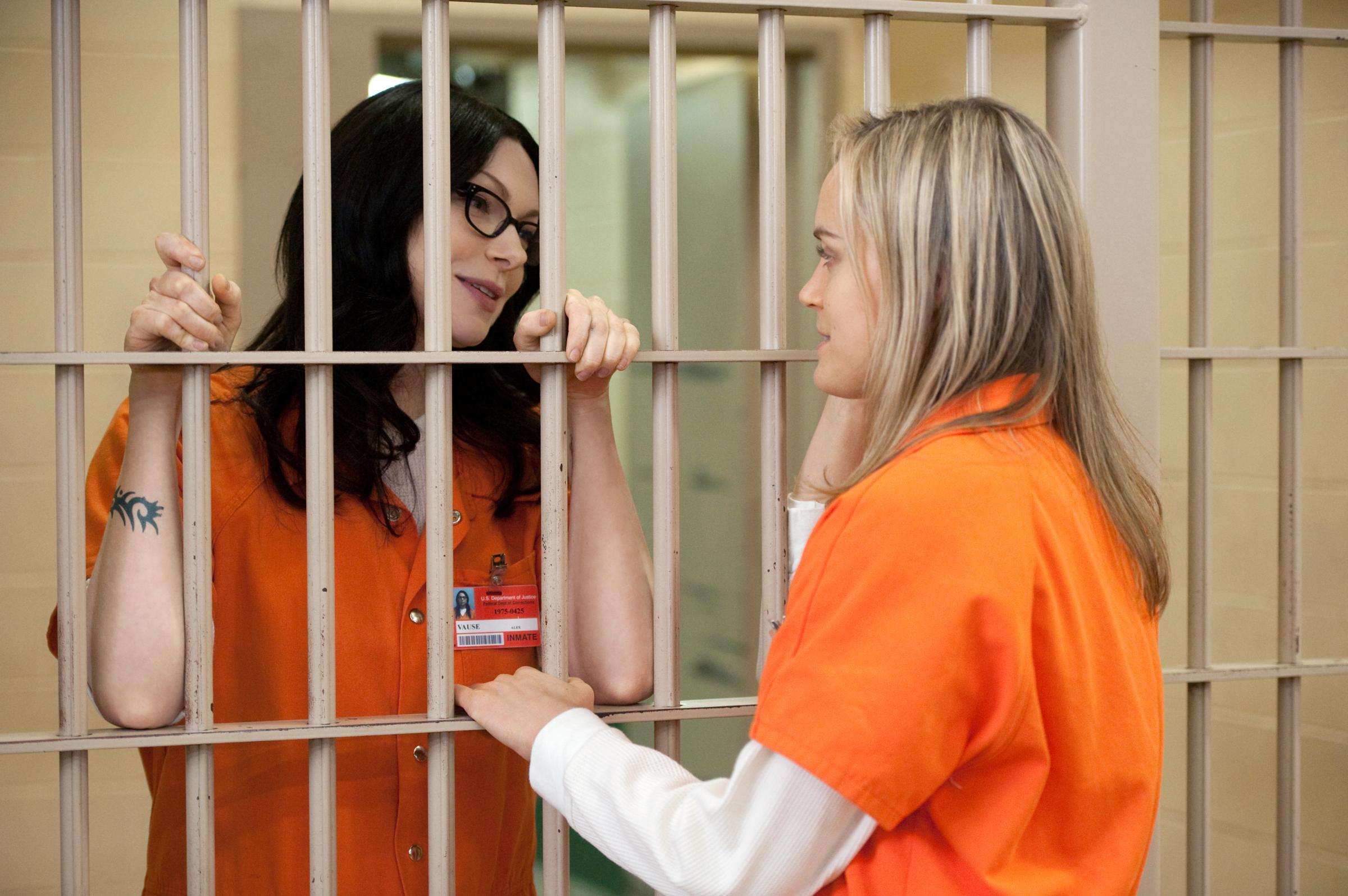
Orange Is the New Black (2013 – )
Netflix’s prestige series about a women’s prison is the first show to delve into all types of female sexuality. Too often shows like The O.C. or Weeds create a plot line in which a straight woman “experiments” with being gay. Orange Is the New Black cleverly turns that trope on its head by pursuing a story in which the main character—Piper, a spoiled New Yorker—falls back in love with her ex-girlfriend while in prison (despite having a male fiancé waiting for her on the outside). The other characters on the show range from bisexual to lesbian to straight. It’s also the first mainstream show to feature a transgender female character played by a transgender woman.
The show—which has the most diverse cast on television in terms of race, sexuality and body type—approaches women’s sex realistically and unforgivingly, the way other shows might approach male sexuality. Memorable scenes include a character using a dog to masturbate, a woman who has just had a baby lactating during sex and a competition between two inmates to see who can bed the most women.

Girls (2012 – )
Hate her or love her, Girls creator Lena Dunham challenges societal norms about sex in almost every episode of the show. If you think Dunham spends too much time naked on screen, that’s because Dunham is trying to make a point that in real life not everybody looks like supermodel; but everyone does walk around their apartment naked, and everyone certainly has sex naked. In the fantasy-like episode when Dunham’s character Hannah spent several days playing house with dreamy Patrick Wilson, Dunham challenged the rules of television which dictate men can “date up” in terms of attractiveness but women cannot. And in the volatile relationship between Hannah and Adam (played by Adam Driver), Dunham explores what exactly is “normal” when it comes to sex. Every season of Girls is guaranteed to start a fiery debate in the blogosphere and challenge our perception of women’s sexuality.

Game of Thrones (2011 – )
Game of Thrones has a complicated relationship with women. Many fans were outraged this year when the show’s writers added a rape scene that didn’t exist in the book. And in just about every episode, the HBO show finds a way to flash women’s breasts onscreen. But these degrading sex scenes are balanced by some particularly powerful moments for the female characters: at the end of this season, Daenerys Targaryan, a queen, ordered one of her followers to strip so that she could have her way with him (consensually) in the same manner that many men have ordered women to sleep with them on the show before; and a rape victim, Cersei, similarly seduced her brother, Jaime in a moment of particular power and passion. Women on the show are beginning to learn to take what they want—just like their male counterparts. Game of Thrones is a cruel world, but it is one where women often have equal opportunity to manipulate and murder their way to the top.
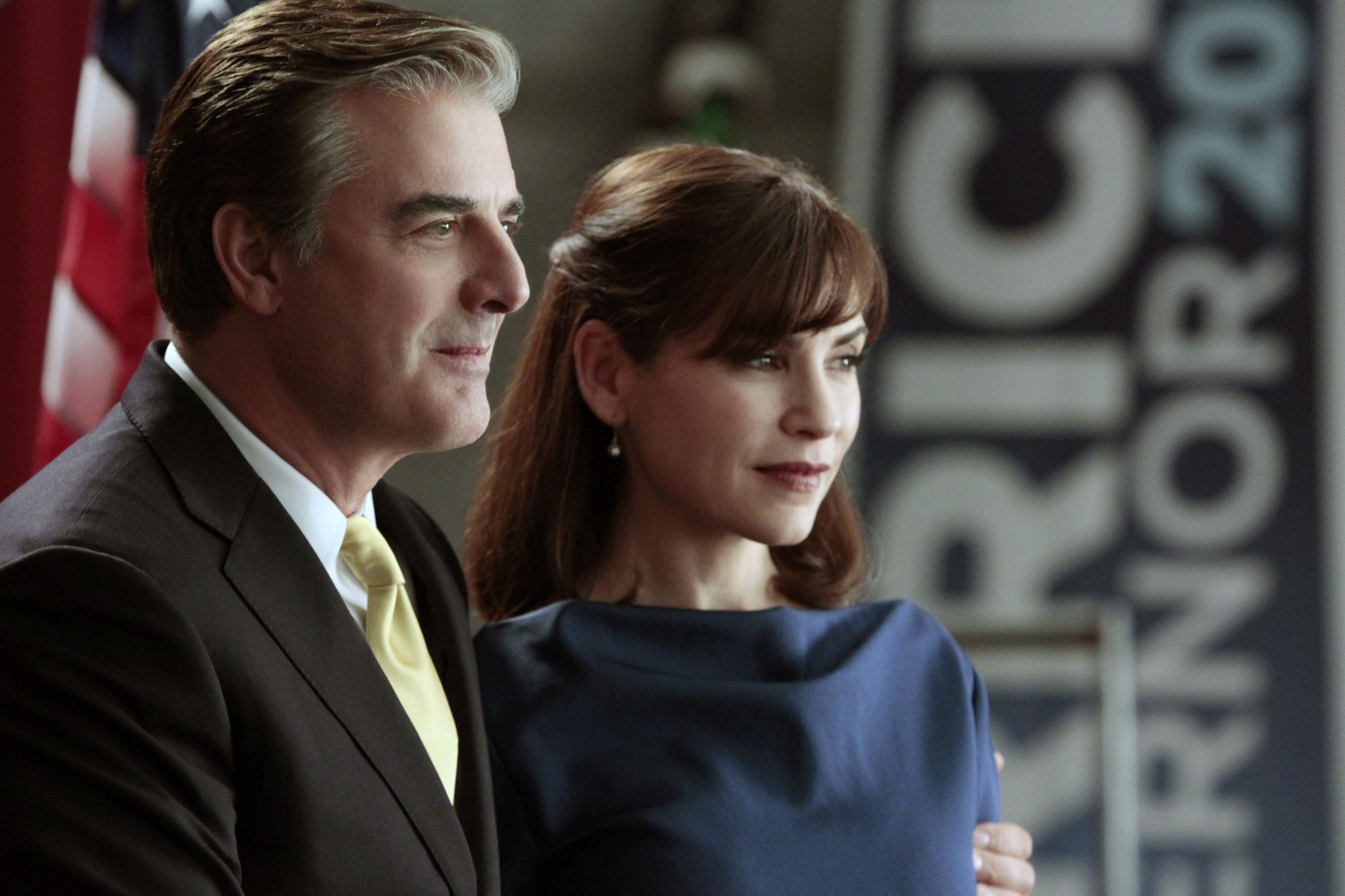
The Good Wife (2009 – )
The Good Wife begins with a story we’ve all seen before: a political figure cheats on his wife with a prostitute, and the wife stands by his side as he apologizes on national television. But the “good wife,” Alicia Florrick, is no doormat: Alicia takes control of first her work life—returning to law after years as a stay-at-home mom—and then her sex life, as she debates whether to stay with her husband (who is in prison early on in the series) or rekindle an old romance. In one scene, Alicia’s husband Peter watches Alicia in court and is so turned on by her prowess that he eagerly gives her oral sex when they encounter each other at home. It’s a moment of immense power for Alicia, and a sexual act rarely seen on network television.
“I truly believe she’s instigating a sexual revolt for network television,” star Julianna Margulies said of show’s creator Michelle King in an interview with More. Perhaps with King’s help, the sexual liberation of women we see on HBO and Showtime will become mainstream on network stations too.

True Blood (2008 – 2014)
Though Sookie Stackhouse constantly needed to be protected by men, True Blood had its progressive moments (usually involving orgies). Women were predators almost as often as men, and they had just as much of a sexual drive. For three season, Sookie was torn between two potential love interests: Bill and Eric. But finally Sookie asked herself, “Why can’t I have both?” The result was a steamy vampire threesome. Sure, it was a dream, but how often do you see a threesome with two men on TV?
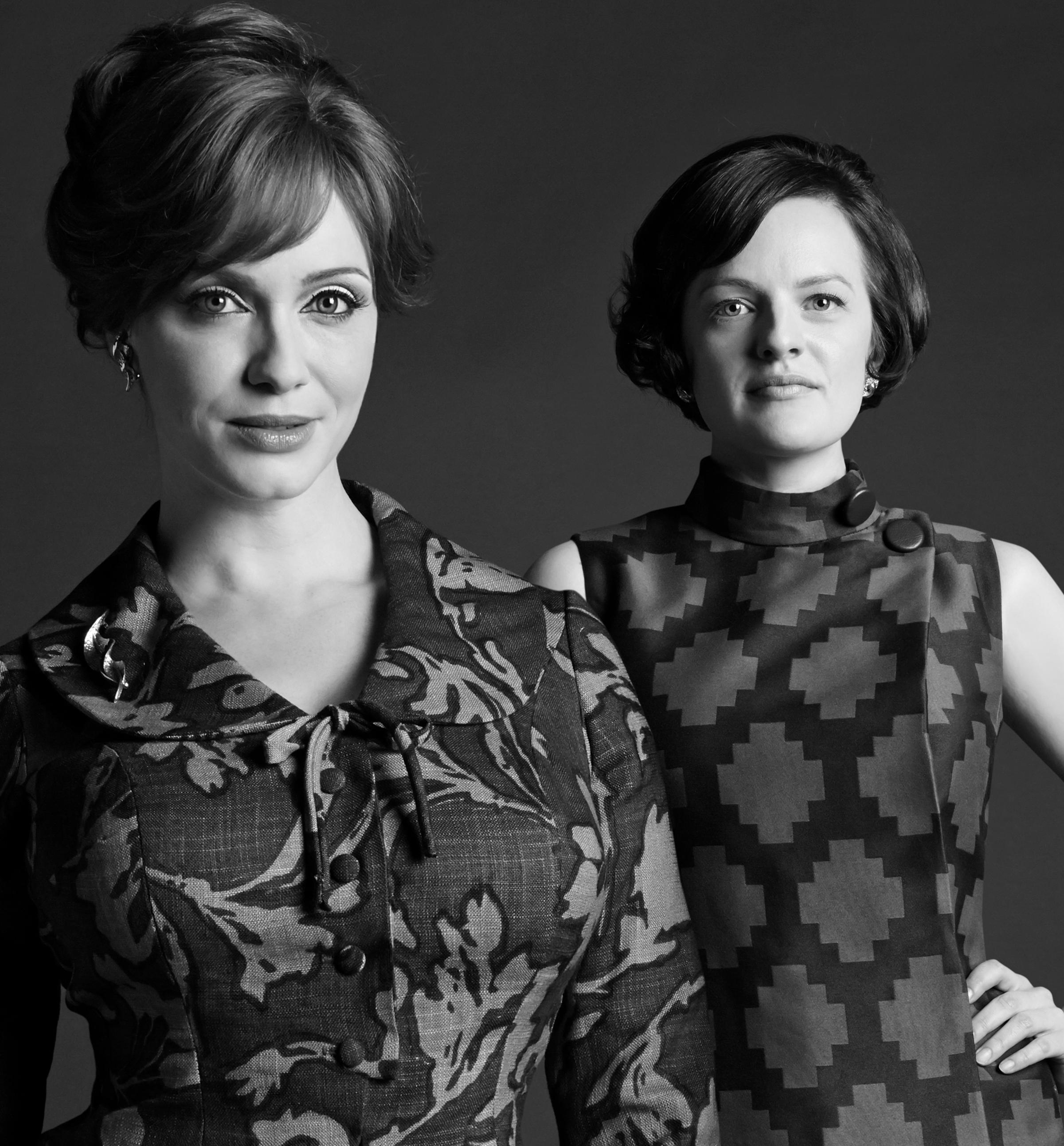
Mad Men (2007 – 2015)
Though the Mad Men audience thought they were spending the last seven years watching the downfall of Don Draper, they were really watching the rise of Peggy Olson. From the minute Joan had to convince her doctor to give her birth control, show runner Matthew Weiner had a not-so-secret agenda to explore the growth of feminism. Peggy and Joan have used two very different strategies to navigate a sexist workplace: a prudish Peggy refused to use her looks to advance (rather she jeopardized her career with workplace romance); a much more sensual Joan had an affair with her boss and seduced men into getting her way. Both suffered for their choices: Peggy hid a pregnancy to save her career and recently bemoaned the fact that she is alone at 30; Joan was asked to sleep with a client in order to save the agency—though she leveraged it into a partnership for herself.
Mad Men in many ways is the precursor to Masters of Sex in its exploration of the growth of feminism in the 1950s and 60s. Just as Joan and Peggy quibble over whether or not to use sensuality as a means of getting ahead, Virginia and Lillian debate the merits of leveraging sex in a sexist workplace. The struggles of all four women feel all-too relevant even 50 or 60 years later when women face the same struggle to try to have it all.

Weeds (2005 – 2012)
Before Walter White, there was Nancy Botwin, an amoral suburban mom-turned-drug dealer who claimed she was just trying to keep her family afloat but really took a sadistic pleasure in her crimes. Nancy relentlessly used her sexuality (and cruelty) to get ahead, neglecting the care of her children as she seduced (and sometimes married) FBI agents, drug dealers, king pins, murderers, fellow inmates and even her dead husband’s brother. Her attitude had a ripple effect: some of her two sons’ horrifying antics included poking a hole in a condom to get a girlfriend pregnant, having an affair with a 40-year-old woman and murdering a member of a cartel. Nancy bulldozed the trope of the saintly single mom by being downright evil and a little sex obsessed.
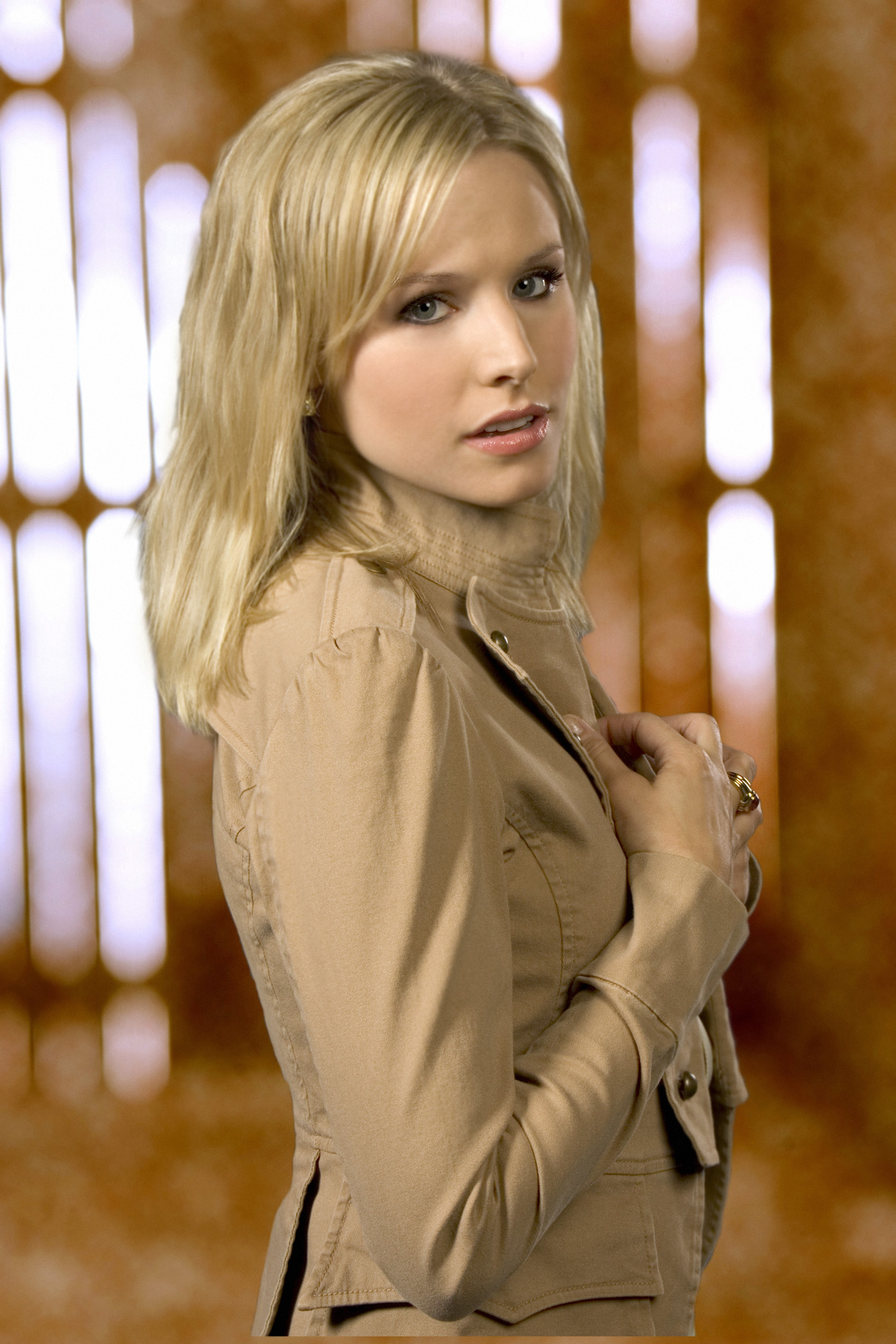
Veronica Mars (2004 – 2007)
In the first two seasons of Veronica Mars, the young detective tirelessly worked to track down the person who drugged and raped her. The third season followed a similar plot where Veronica hunted a serial rapist on her college campus. We saw the repercussions of Veronica’s attack in her school life as she’s ostracized as a “slut” and in her sex life as she struggled to trust men again. No show before or since has taken on the issue of a woman’s right to safety in quite the same way: students were protesting on the fictional Hearst College campus years before real-life college students across the U.S. filed a slew of Title IX complaints against schools mishandling sexual assault.
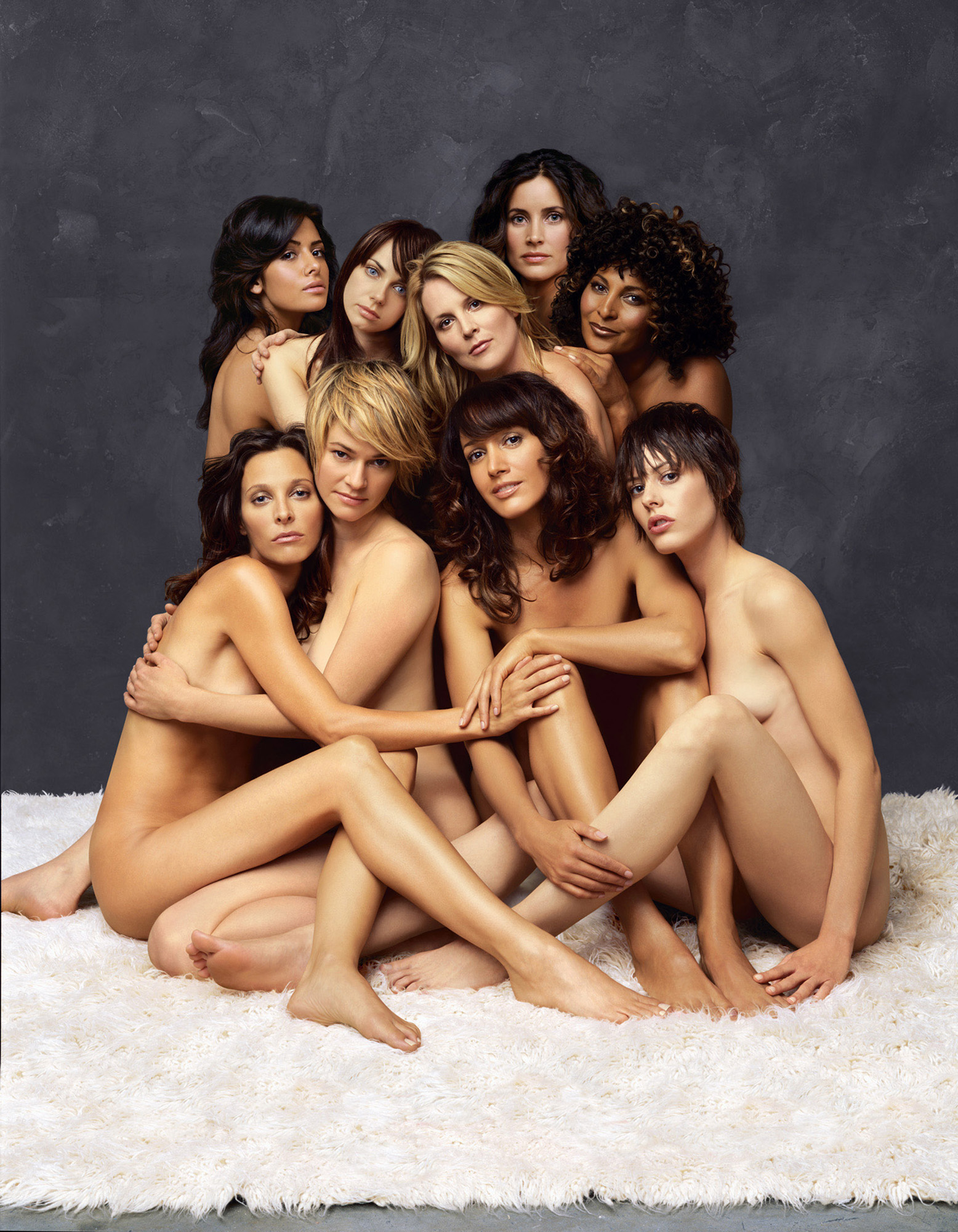
The L Word (2004 – 2009)
Lesbian characters on primetime (see: Glee, Grey’s Anatomy, Orange Is the New Black, Pretty Little Liars, etc.) may seem de rigueur in 2014, but that wasn’t the case when “The L Word” started airing on Showtime in 2004. The landmark series followed the lives of a group of lesbians in West Hollywood as they hung out, gossiped, dated, broke up, made up and had plenty of steamy sex. But more importantly, the show offered a nuanced portrayal of a community that was usually depicted by the media with the broadest of brushes. And sure, the show had its fair share of cringe-worthy moments, including a season-long murder mystery arc and a spin-off reality show called “The Real L Word,” but that doesn’t make it any less groundbreaking.
—Kelly Conniff
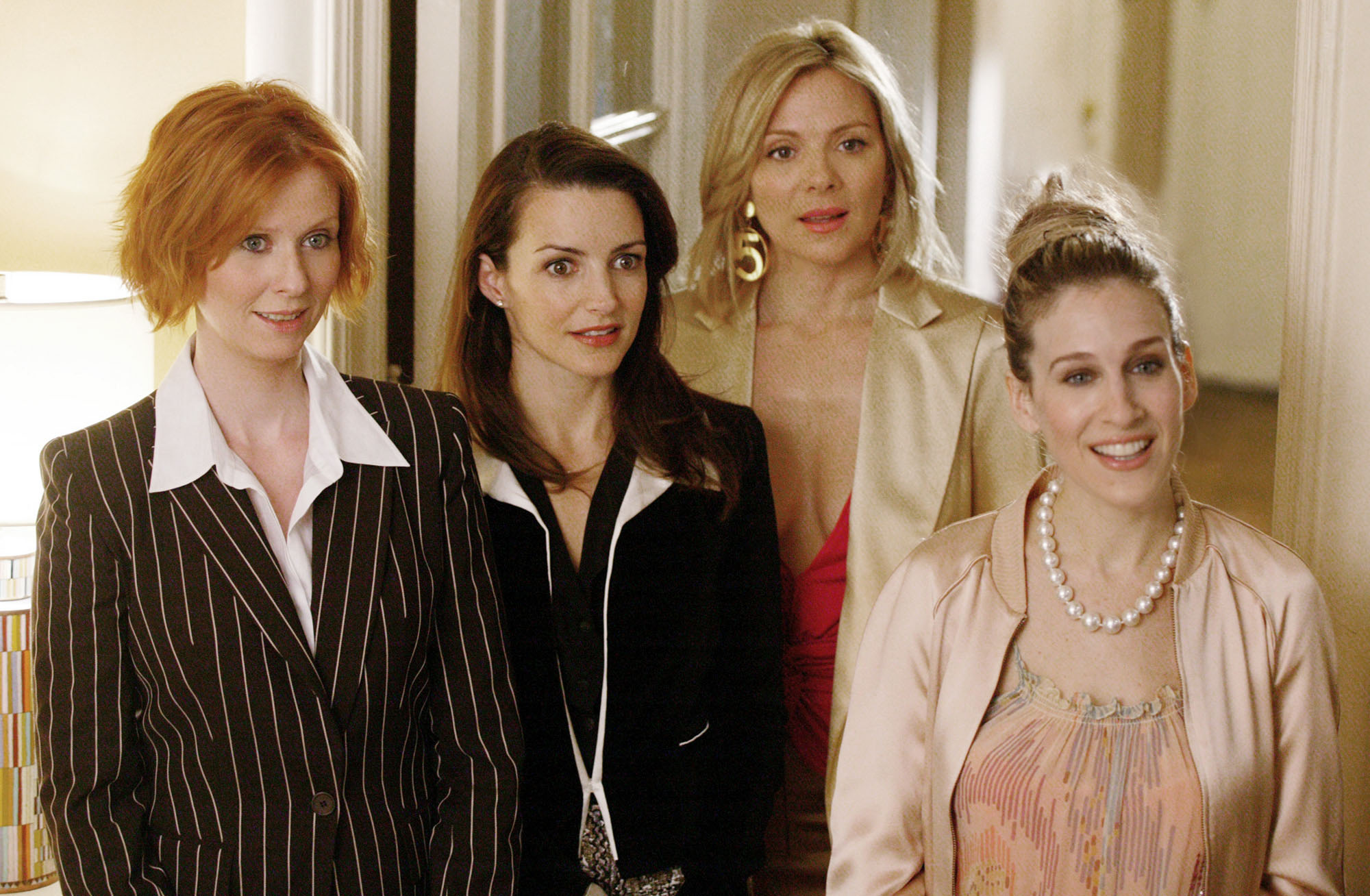
Sex and the City (1998 – 2004)
Sex and the City has often been credited with bringing frank discussions about (and depictions of) women’s sexuality to the forefront of popular culture. Carrie and her friends discussed everything from vibrators to circumcision to sex positions over cosmos. Then they went home and practiced what they preached—all had multi-season love arcs but would date and sleep with many different men in between.
Every woman could see something of herself in one or all of the characters: Samantha, the one who was as sexually liberated as a man; Miranda, the one who prioritized work over men; Charlotte, the one who just wanted a happily ever after; and Carrie, the sex columnist who was a conglomeration of the other three. Their glitzy power was intimidating, and they disposed of men like men disposed of women. They got their hearts broken, but moved on. Their revolutionary dating strategies arguably jumpstarted the infamous “hookup culture” of Millennials. The liberating assertion that men were dispensable was undermined towards the end of the series when each lady traded in Mr. Right Now for Mr. Right. But the sexual liberation of Sex and the City still paved the way for shows like Girls and Orange Is the New Black.

Ally McBeal (1997 – 2002)
Ally, a single lawyer in Boston, may be best remembered for her ticking—or rather, pounding—biological clock, embodied by that dancing CGI baby to the soundtrack of “Hooked on a Feeling.” And yes, she only became a lawyer because she followed her boyfriend to Harvard. But as obsessed as the show is with matrimony and motherhood, it has a nuanced take on female sexuality. The plot kicked off with Ally suing a former colleague for sexual harassment, and such lawsuits became a mainstay at her firm. The series was full of jibes at the mini-skirts she wore to court, hijinks in the co-ed bathroom and sex that ranged from casual to solemn. And while the show was often silly, writer David E. Kelly wasn’t afraid to get serious: Ally’s roommate had to defend herself with force after a date exhibited a “no-means-yes” mentality, and Ally found deep sympathy with a transgender prostitute whom she kept out of jail only days before her new friend got murdered by a john. TIME put Ally McBeal on the cover in 1998 asking, “Is Feminism Dead?” No, not dead—just complicated.
—Sarah Begley

Buffy the Vampire Slayer (1997 – 2003)
Buffy Summers is often credited as pop culture’s prototype for great female characters. She was both superhuman and truly human, vulnerable and witty and stubborn. Her strength was the keystone that held the show together. But Buffy didn’t fight bad guys alone, and she wasn’t the one who helped Buffy break boundaries when it came to representing female sexuality on the small screen.
Buffy’s bestie Willow started the show as a quiet school-focused girl struggling for the romantic attention of the boy who was her best friend. By the time the show ended, she was a powerful woman who had been half of one of the earliest positive portrayals of a lesbian relationship on mainstream television. Other characters treated the relationship between Willow and her girlfriend and fellow witch Tara as a big deal not because of their genders but because of their love. Joss Whedon, Buffy’s creator, made the show a masterpiece of metaphor, and those two were no exception: high school is hell, college roommates are demons, growing up feels like dying — and Willow and Tara worked magic.
—Lily Rothman

Seinfeld (1989 – 1998)
Elaine Benes might just be TV’s most revolutionary feminist heroes, primarily because she was just as selfish as her male counterparts. She was assertive yet feminine, hilarious yet sexy. Seinfeld wasn’t afraid to talk about women’s sexuality or joke about it, a surprisingly rare feat in the 90s: in one episode, when Elaine’s favorite method of birth control, “the sponge,” was discontinued, she debated whether a man she was seeing merited any of her dwindling supply. In other words, “Is he sponge worthy?” And she could play with the guys, a notion epitomized in “The Contest” episode when she participated in (and lost) a competition to see who could last the longest without masturbating. Elaine taught audiences that maybe men’s humor and women’s humor aren’t so different after all—and neither are their sex lives.
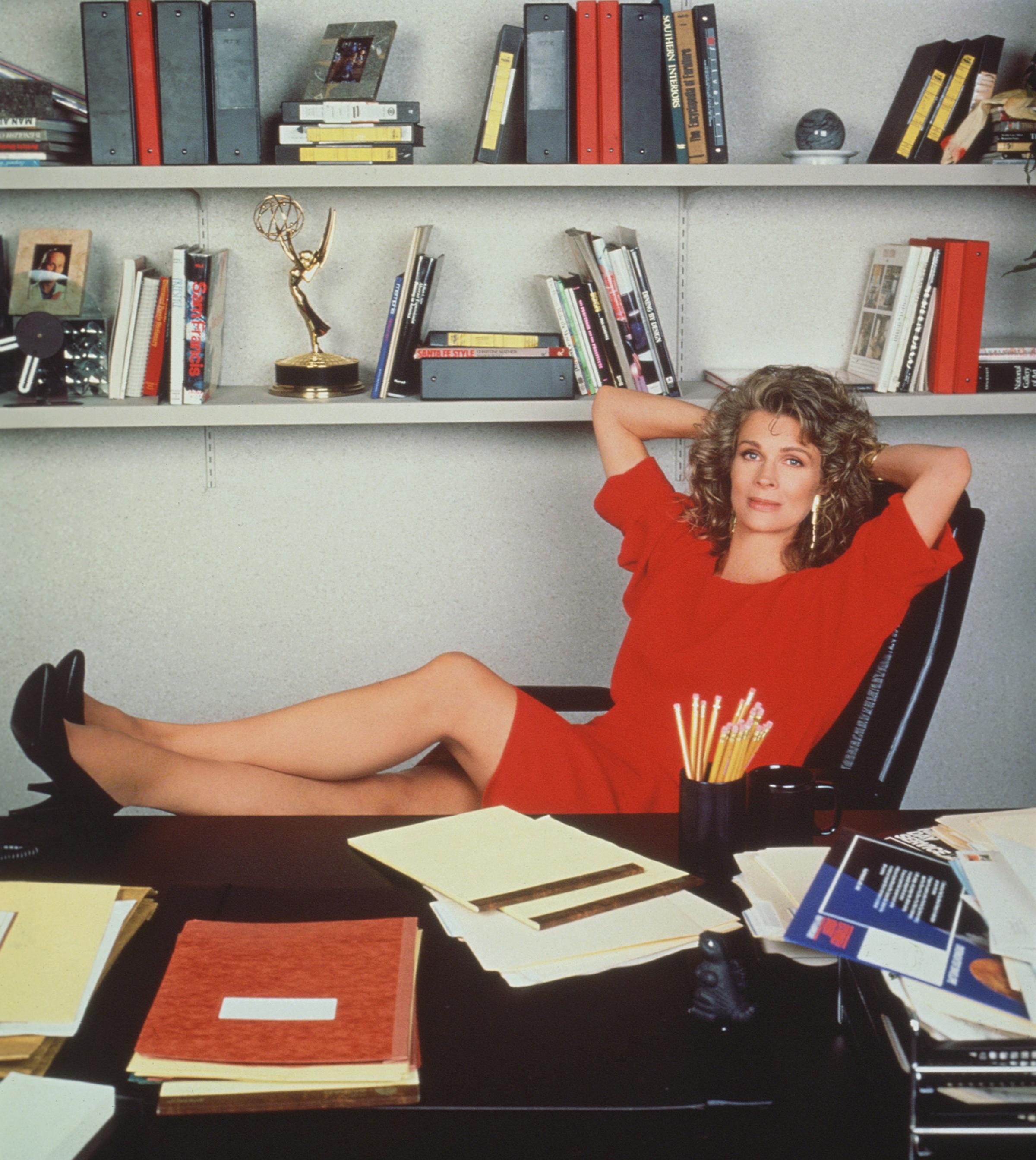
Murphy Brown (1988 – 1998)
Murphy Brown completely revolutionized television when the main character, a news anchor, decided to have a child as a single mom. It was presidential campaign season in 1992 so then-vice president Dan Quayle took the opportunity to chastise the fictional, 40-something, divorced news anchor: “Bearing babies irresponsibly is simply wrong,” he said, speaking on family values. “Failing to support children one has fathered is wrong. We must be unequivocal about this. It doesn’t help matters when prime-time TV has Murphy Brown, a character who supposedly epitomizes today’s intelligent, highly paid professional woman, mocking the importance of fathers by beating a child alone and calling it just another lifestyle choice.”
Quayle’s comments kicked off a firestorm of debate about single parenthood and became a central controversy in his campaign for a second vice presidency (with George Bush against Bill Clinton and Al Gore). The show responded, running part of the speech in an episode and having Murphy Brown quip, “Perhaps it’s time for the vice president to expand his definition and recognize that, whether by choice or circumstance, families come in all shapes and sizes.” Brown had the baby on the show and continued her successful career, proving a woman doesn’t need a man to have it all.
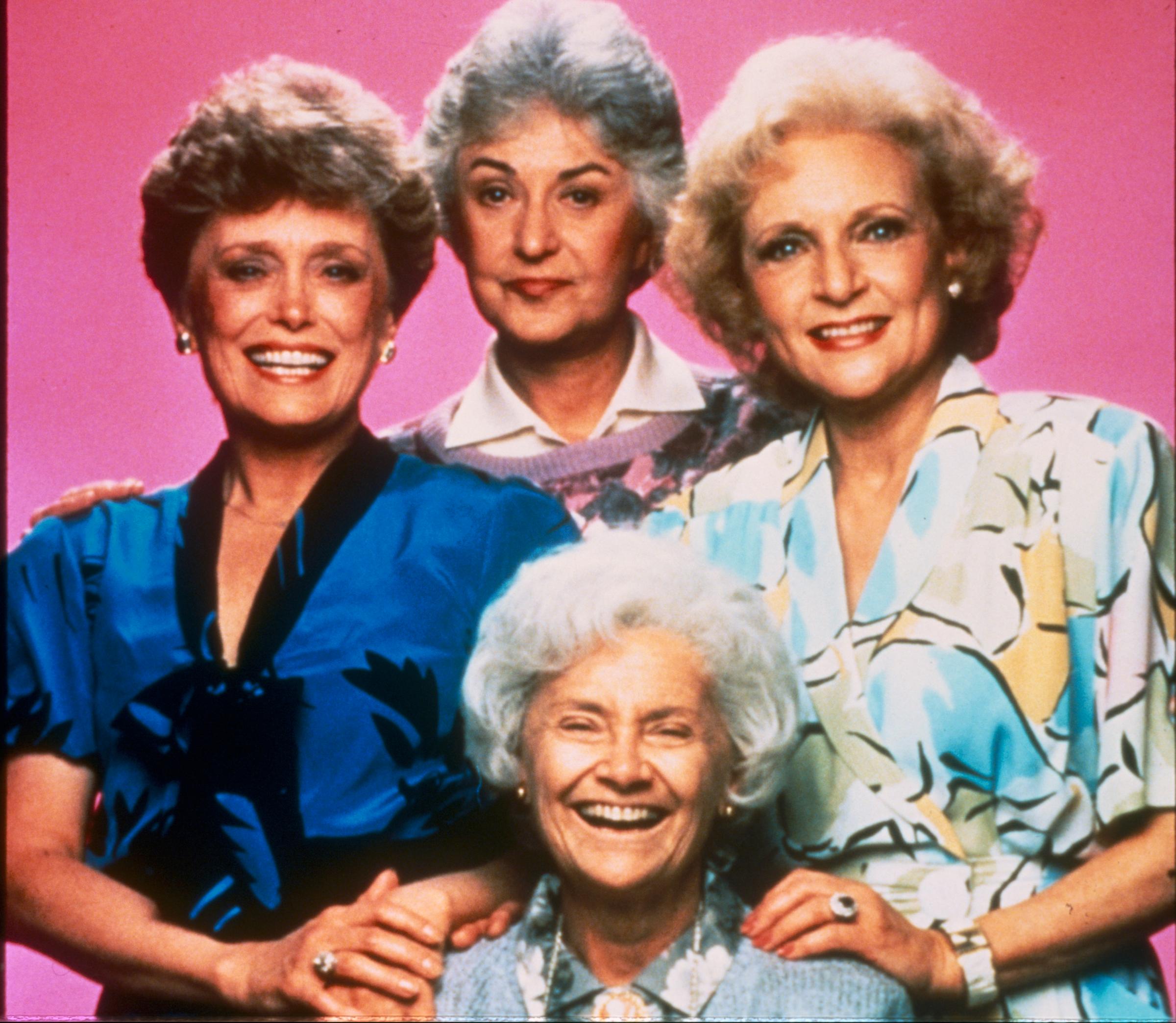
Golden Girls (1985 – 1992)
We remember it now as a nostalgic rerun about four older women living together in Miami, but in its heyday, The Golden Girls broke the silver barrier for women onscreen. Created by Susan Harris, who wrote Maude’s abortion episode (more on that later), the show is both a clever sex comedy and a tender tribute to realistic female friendship. And while it’s sometimes referred to as a geriatric Sex and the City, the show still manages to treat its older characters with respect, even when Rue McClanahan’s Blanche was sharing details about her latest sexcapade. And that’s not all: the show also tackled sexism, transgender issues, same-sex marriage, AIDS, all in 22-minute episodes.
—Kelly Conniff
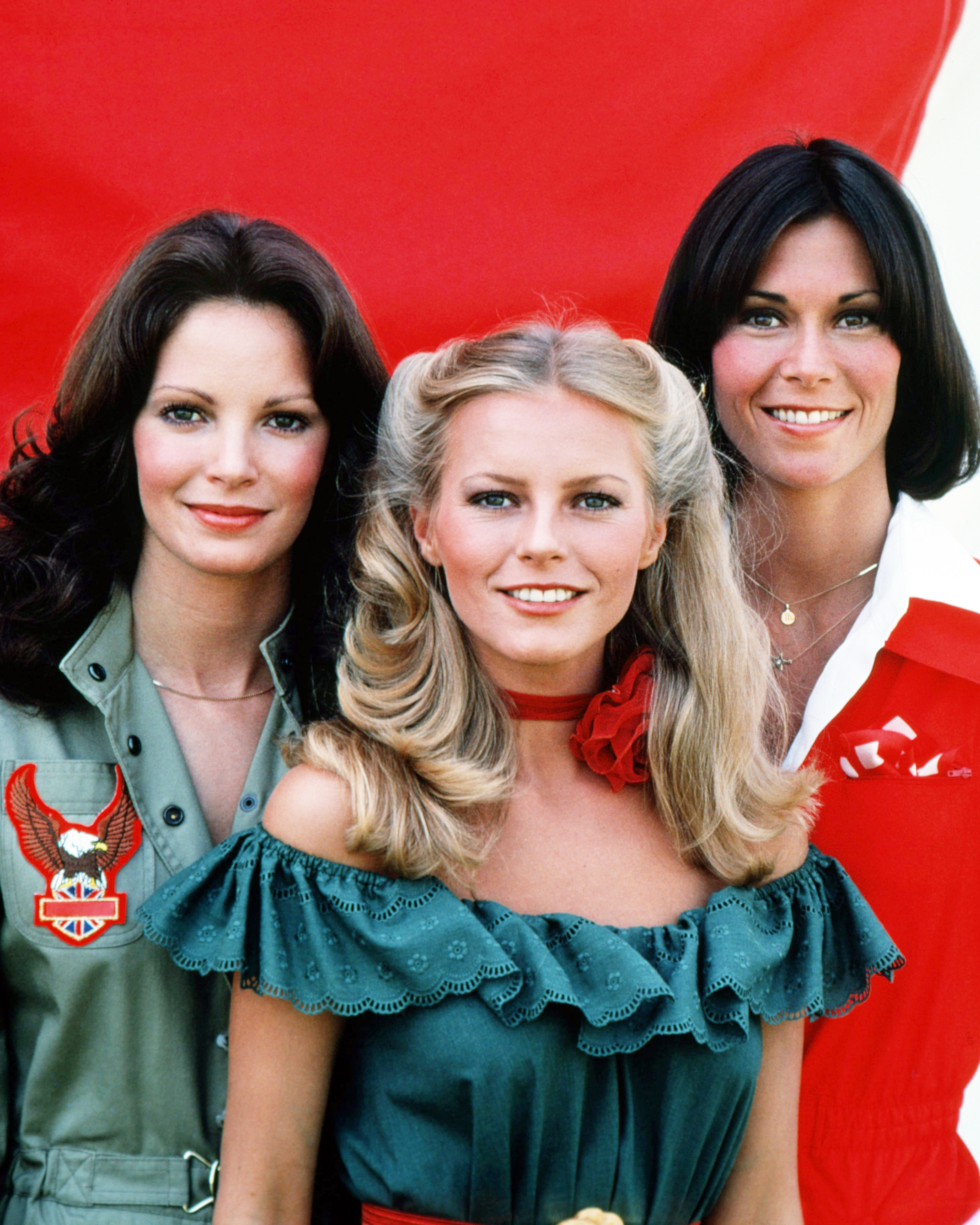
Charlie’s Angels (1976 – 1981)
For better or for worse, Charlie’s Angels along with shows like The Love Boat, Fantasy Island and Three’s Company were responsible for a new television genre: “Jiggle TV.” Charlie’s Angels sent especially mixed messages: the three women were powerful kick-ass detectives, but they were also controlled by a man’s voice coming out of a speakerphone. The show taught young girls that women should pursue a career while looking sexy at the same time. Still, the Angels could shoot guns, fight and drive cars as well as the boys: there are worse aspirations.
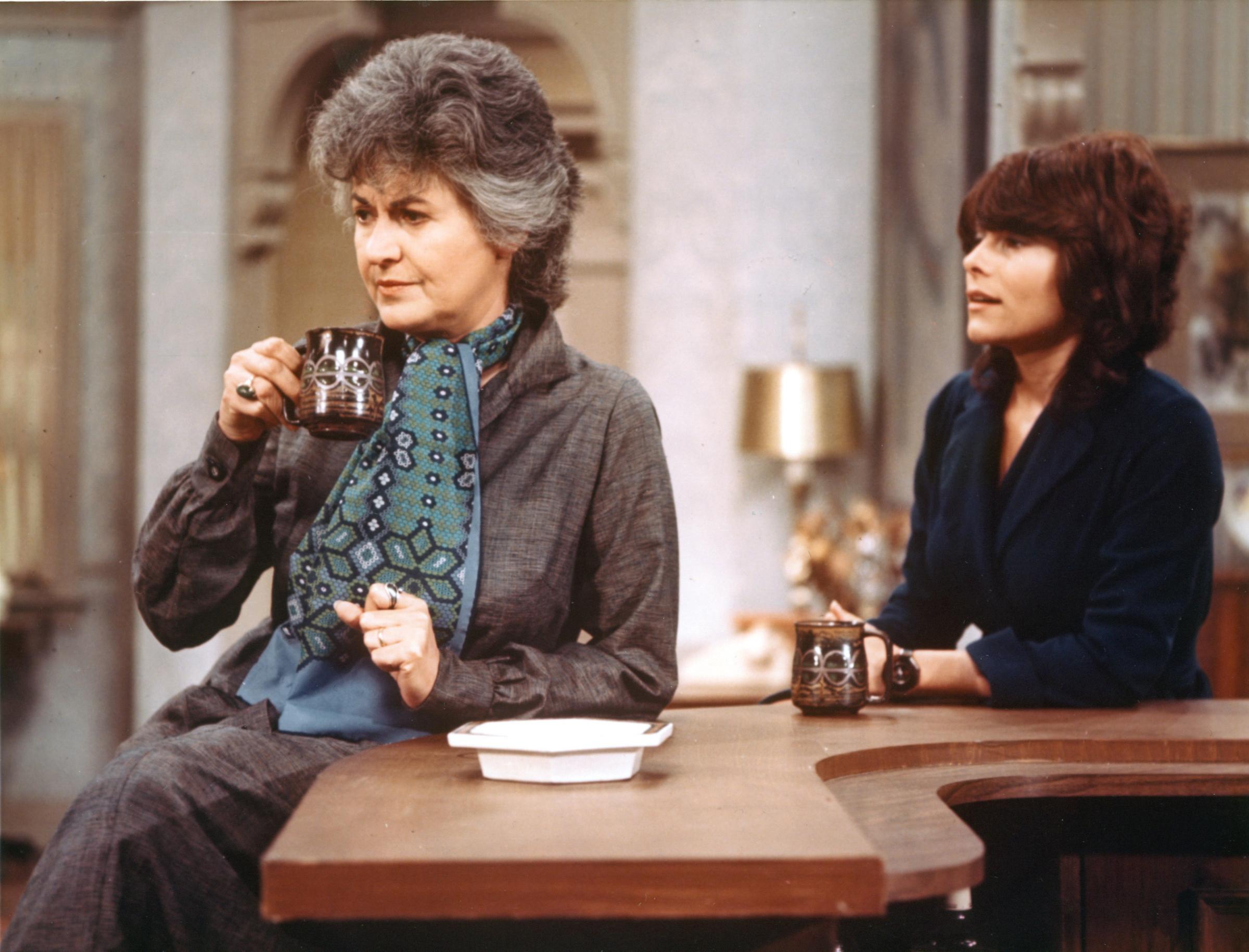
Maude (1972 – 1978)
Maude, played by the incomparable Bea Arthur, was one of the only—and certainly the most ardent—feminists on TV at the time. The show addressed a wide range of topics before any other, including menopause, plastic surgery, gender equality and, infamously, abortion. In the first season, 47-year-old Maude discovers that she’s pregnant, and the married woman with a grown daughter decides to terminate the pregnancy—the first instance of an abortion on TV. The episode aired two months before the Supreme Court decided Roe v. Wade.

The Mary Tyler Moore Show (1970 – 1977)
Mary Tyler Moore’s Mary Richards broke ground for women by focusing on her career rather than her marital status. In an era when the average woman was married by the age of 21, the character stayed single into her 30s as she pursued a career in Minnesota as a news producer on a wacky local TV station. She went on many dates—a precursor to Elaine Benes, Ally McBeal and Carrie Bradshaw—but by refusing to marry proved that she didn’t need a man to support her. The show also may have been the first on TV to discreetly reference birth control.
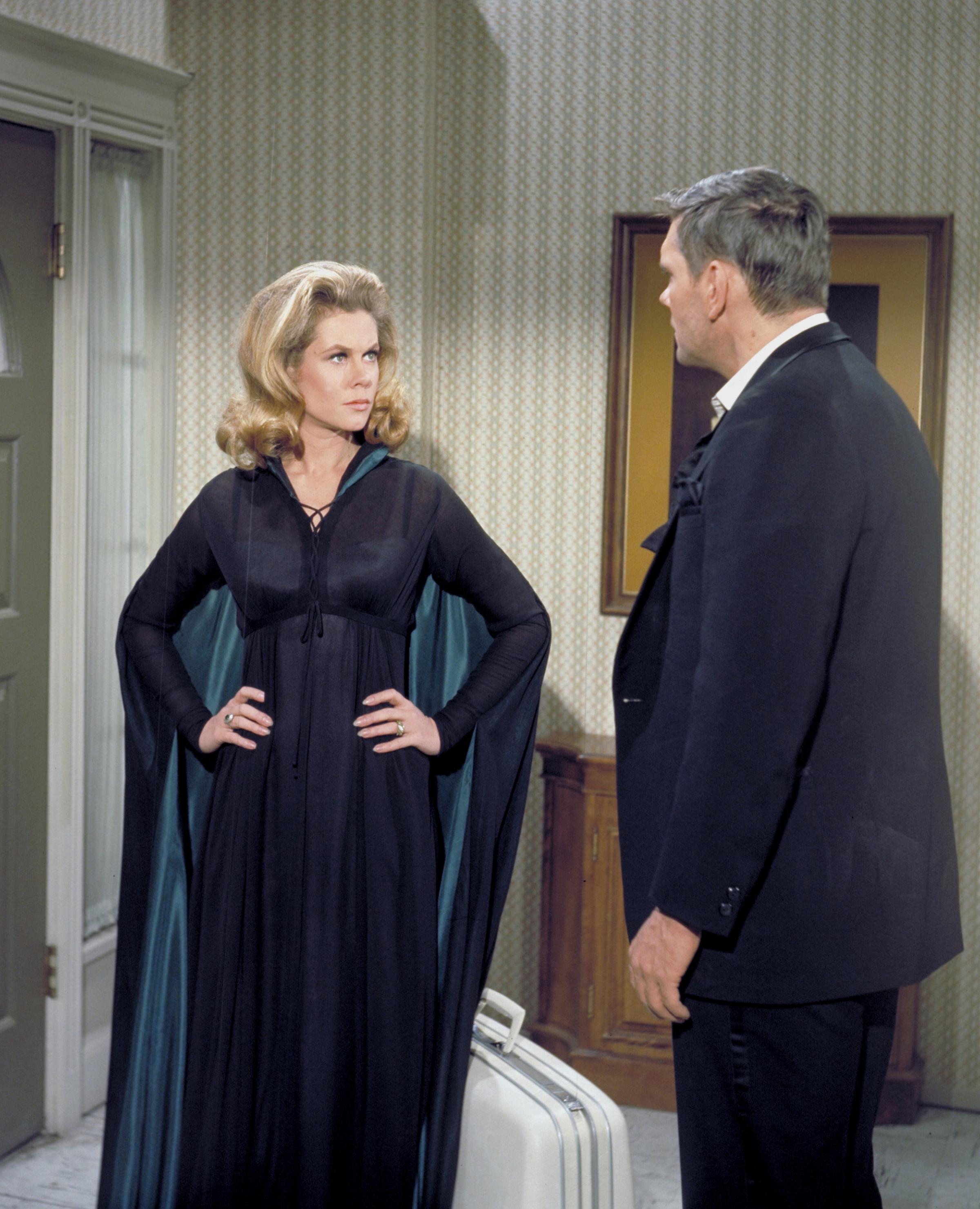
Bewitched (1964 – 1972)
Women have long been suspected of having some sort of magic power over men. But on this show, the young beautiful newlywed really was a witch. And like so many fairy tales, she promised to give up her powers for the man she loved and change herself so she could live in his world. Doesn’t sound all that revolutionary, but the way the series played out, Samantha couldn’t resist using her magic to fix things for her hapless husband and of course, hilarity ensues.
Played by the ever-charming Elizabeth Montgomery, Samantha switched between two worlds: The mortal one where she was a sweet and demure housewife and her witchy universe where she wore sexy, long gowns with capes and could fly around the world at will—or clean her whole house with the twitch of a nose. She even had an alter ego, a cousin, also played by Montgomery, who embraced the sexual revolution of the 1960’s and taunted Samantha for staying home and doing her own vacuuming. At the center of the series was the subversive idea that although women are incredibly powerful, they often downplay or hide their abilities in a world that wouldn’t be able to handle it.
—Susanna Schrobsdorff
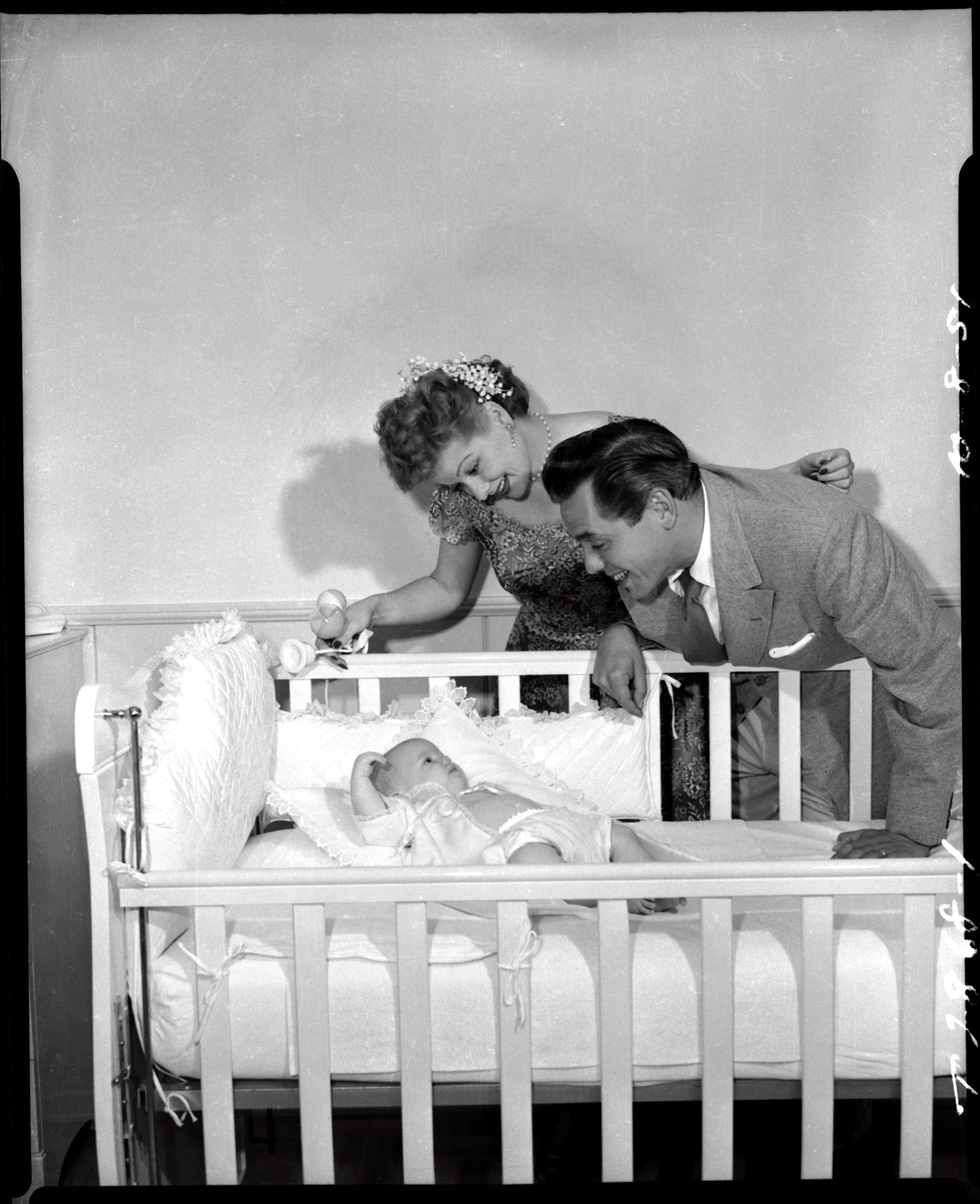
I Love Lucy (1951 – 1957)
I Love Lucy was one of the first sit-coms to feature a genuine loving couple. Compared to The Honeymooners in which Ralph would swear that “one of these days” he was going to hit his wife Alice so hard she was going to go straight to the moon, real-life couple Lucille Ball and Desi Arnaz shared happy, intimate moments.
It was also one of the first shows with a pregnancy plot: when Lucille Ball realized she was pregnant in real life, a baby was written into the show. They had to use the term “expecting” instead of pregnant, and a priest, a minister and a rabbi had to review every show about her pregnancy to make sure there was no offensive language. But 44 million viewers tuned in to watch little Ricky’s introduction to the world, 72% of all U.S. televisions at the time.
More Must-Reads from TIME
- Where Trump 2.0 Will Differ From 1.0
- How Elon Musk Became a Kingmaker
- The Power—And Limits—of Peer Support
- The 100 Must-Read Books of 2024
- Column: If Optimism Feels Ridiculous Now, Try Hope
- The Future of Climate Action Is Trade Policy
- FX’s Say Nothing Is the Must-Watch Political Thriller of 2024
- Merle Bombardieri Is Helping People Make the Baby Decision
Write to Eliana Dockterman at eliana.dockterman@time.com